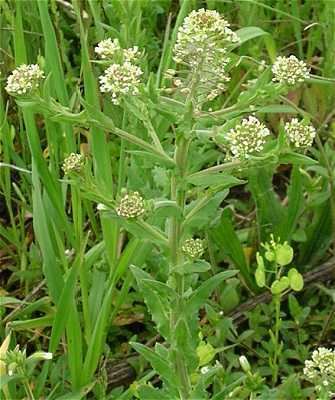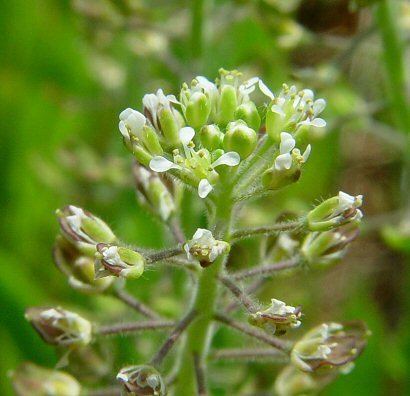Higher classification Lepidium | Scientific name Lepidium campestre Rank Species | |
 | ||
Similar Lepidium, Cabbage family, Lepidium ruderale, Lepidium densiflorum, Lepidium virginicum | ||
Lepidium campestre field pepperweed part 2 of 2
Lepidium campestre (field pepperwort or field pepperweed) is an annual plant in the Brassicaceae or mustard family, native to Europe, but commonly found in North America as an invasive weed. The most notable characteristic of field pepperweed is the raceme of flowers which forks off of the stem. These racemes are made up of first small white flowers and later green, flat and oval seedpods each about 6 mm long and 4 mm wide. Each seedpod contains two brown, 2.5 mm long seeds.
Contents
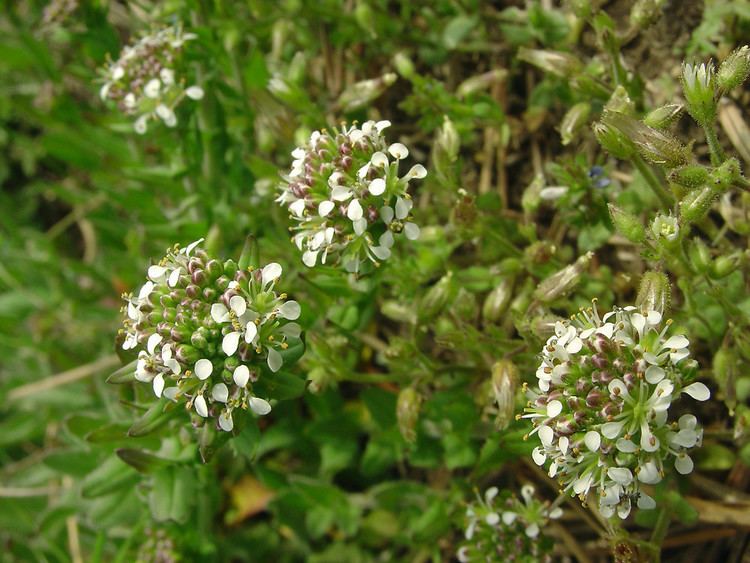
The stem of field pepperweed comes out of a basal rosette of toothed leaves. The stem is covered in leaves, which are sessile, alternate and arrow-shaped. The entire plant is generally between 20 and 60 cm tall and covered in small hairs.
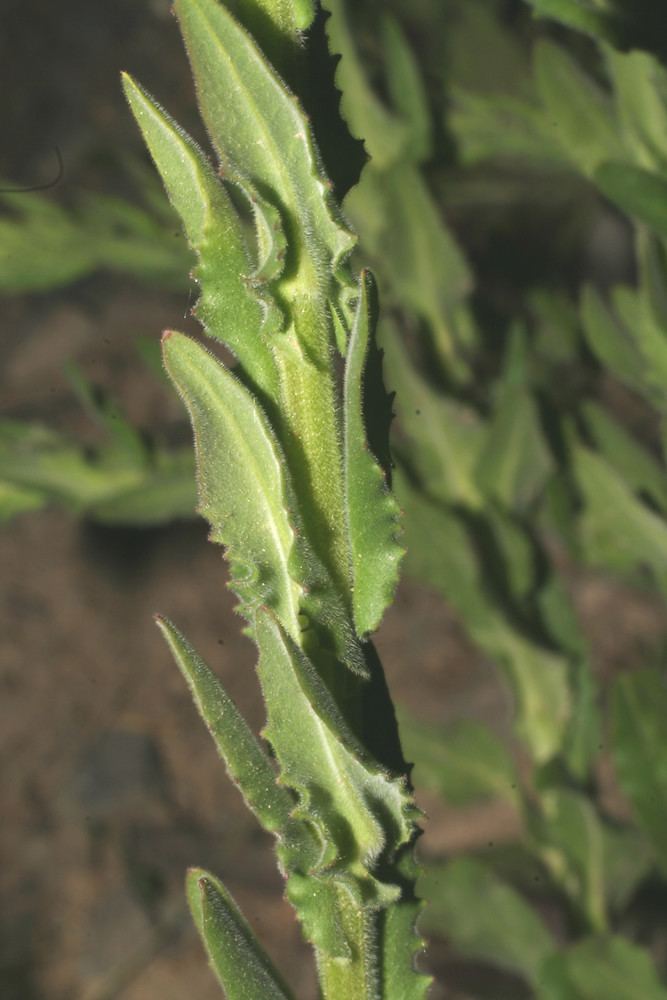
Cultivation and uses
Field pepperweed grows in disturbed land, crops, and waste places. It can tolerate most soils.
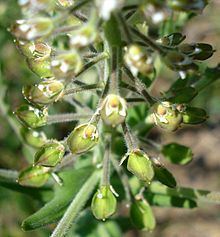
The plant is edible. The young leaves can be eaten as greens, added raw to salads or boiled for ten minutes. The young fruits and seeds can be used as a spice, with a taste between black pepper and mustard. The leaves contain protein, vitamin A and vitamin C.
